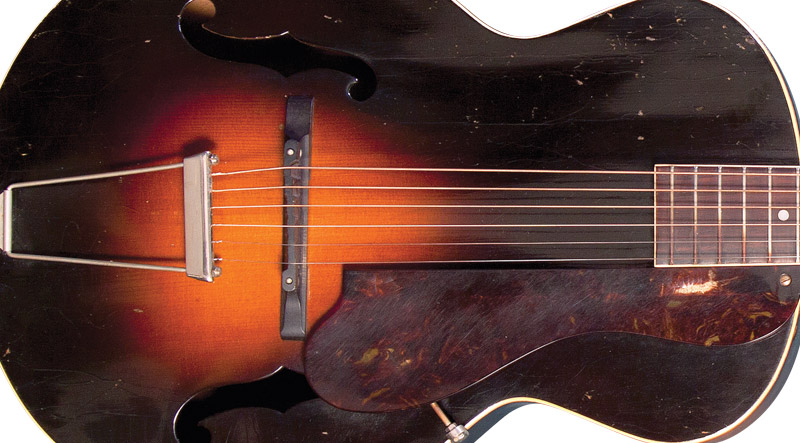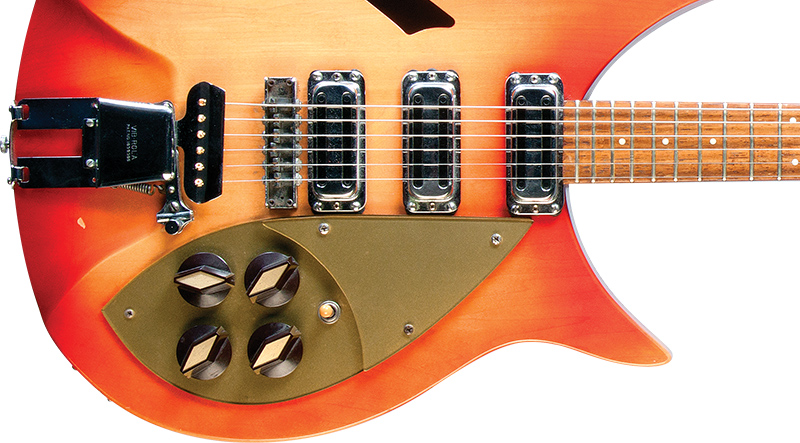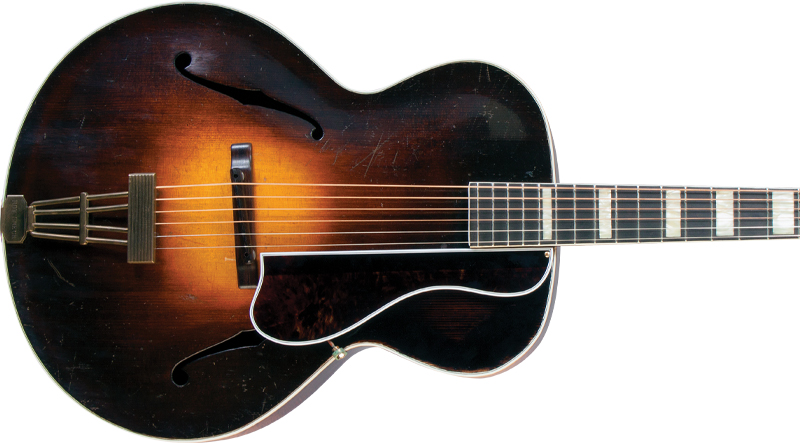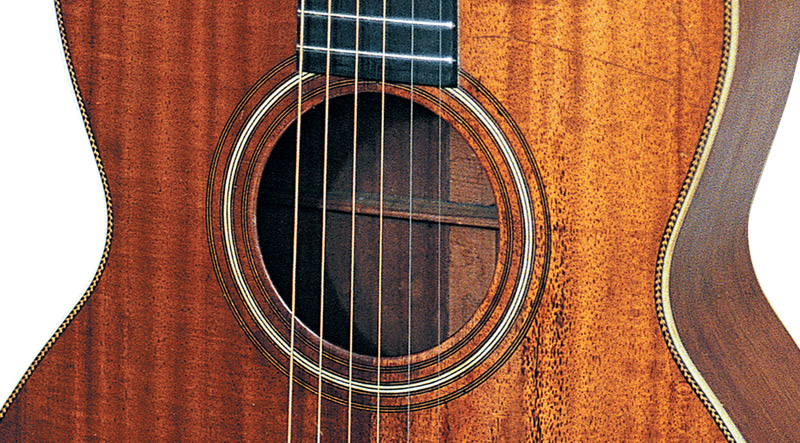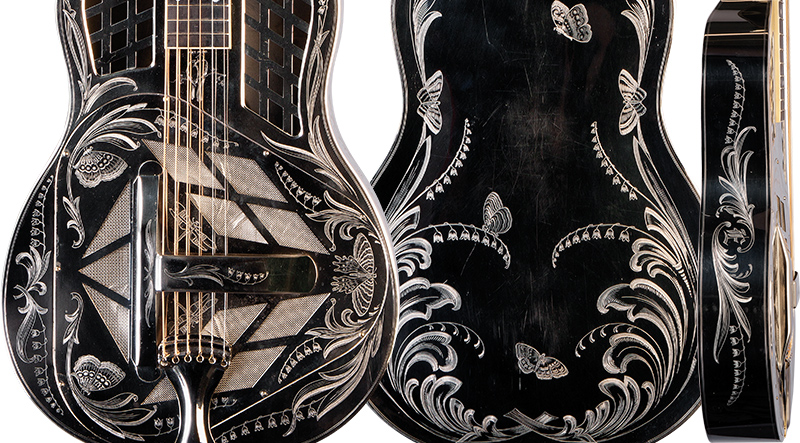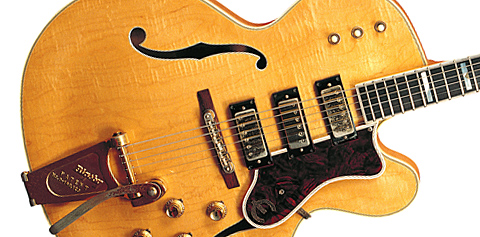-
George Gruhn
VG Q&A: ’71 Mahogany Precision?
Plus, a ’60s Conrad 12-String and Converting a ’65 ES-345TD-SV to Mono
I have a Fender Precision Bass with a 1971 neck date and serial number 296XXX, and I’ve always suspected the body was mahogany rather than the typical ash or alder. My luthier agrees, and noted that the finish is lacquer. I’ve looked, and it seems a few Fenders of that era were indeed mahogany. I’m…
-
George Gruhn
Fender’s “First-Gen” Stratocaster
The Fender Stratocaster is arguably the most popular electric guitar model in the world. From the time of its introduction in 1954, no other electric has outsold its archetypical design. And unlike its fellow archetype, the Gibson Les Paul and its numerous variants including the Junior, Special, Standard, and Custom, the Stratocaster has always been…
-
George Gruhn
Gibson Les Paul Model
Its official name – Les Paul model – doesn’t do it justice. After all, Gibson has made more than a hundred Les Paul models through the years. But call it by its nickname – “goldtop” – and everyone knows you’re talking about Gibson’s first solidbody electric guitar. Like many important guitar stories, the goldtop story…
-
George Gruhn
Gibson’s Crest Models
Gibson has produced two guitars bearing the “Crest” name. While both designs date to the 1960s, they’re very different instruments. The first incarnation was a single-cutaway with design ties to the L-5CT, while the second looked more like a fancy ES-335 with a shortened neck. In almost every way – size, construction materials, appointments, and…
-
George Gruhn
Gibson’s Experimental Archtop
Orville Gibson invented the carved-top guitar in the 1890s, and his company refined the design with f-shaped sound holes in 1922, then brought the concept to full potential with larger-bodied archtops in the mid ’30s. While Gibson inarguably blazed the trail in the industry when it came to archtop design, that trail had at least…
-
George Gruhn
Rickenbacker 345
Rickenbacker guitars have a look, feel, and sound that is remarkably distinct from those made by any other manufacturers. In fact, artists often find that nothing else works as well for certain applications. While not as versatile as models made by Gibson and Fender, the sound of a Rickenbacker is so different that it’s difficult…
-
George Gruhn
Roy Smeck’s Gibson L-5
One For the “Wizard”
Player endorsements are part of the tradition of guitarmaking going back to its earliest use for public performance. LeRoy G.A. Schmeck, a.k.a. Roy Smeck, may be history’s most-prolific endorser of fretted instruments. The list includes Washburn (Lyon & Healy) in 1924, the Harmony Vita-Uke and Vita-Guitar in ’27, the Bacon & Day Roy Smeck Silver…
-
George Gruhn
Martin Style 000-28K
During the 1920s and ’30s, Martin made a considerable number of guitars with bodies constructed of Hawaiian Koa wood. The Hawaiian music craze was in full swing and the demand was strong for ukuleles and Hawaiian-style guitars played with a steel bar, as well as standard-style guitars constructed of Hawaiian Koa wood. The vast majority…
-
George Gruhn
National Style 3 Hawaiian
Metal-bodied guitars built by the National String Instrument Company before World War II represent a giant leap in guitar design and technology. When they debuted in 1926, they were startling in both appearance and sound; there was simply nothing else like them. Throughout the ’20s, the guitar gained popularity with rising prominence of radio artists…
-
George Gruhn
1965 Epiphone Emperor
The Epiphone Emperor has a long, convoluted history. It first appeared in Epiphone’s catalog in late 1935 as a response to Gibson’s Super 400, which was introduced in late 1934. Epiphone went one better on Gibson’s 18″-wide Super 400 by making the Emperor 18 1/2″ wide. This was the top model in the Epiphone line.…




